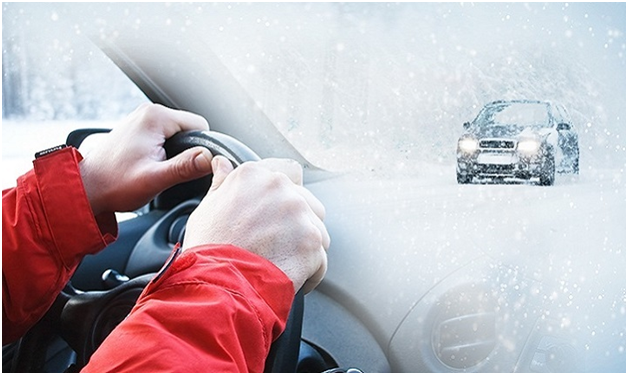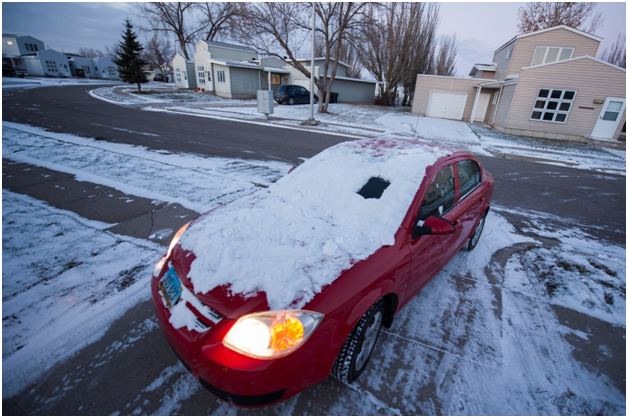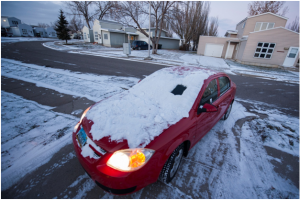We are fortunate in the UK in that we seldom encounter very severe weather conditions. Unfortunately, that means we can find ourselves caught unaware when winter does bite.

Although accident rates tend to fall in prolonged bad weather because fewer people take to the roads, that doesn’t mean you can be complacent. If you have to drive in poor weather conditions, a few sensible precautions will help you stay safe.
Preparing your vehicle
To make sure your car or van is ready for winter, first check that your tyres have sufficient tread. If you drive in ice and snow regularly, it may be worth switching to winter tyres, but you must have them on all four wheels. You also need to check that all of your lights are working and that your wiper blades are in good condition.
Make sure the screenwash is topped up and that it has an additive to prevent it from freezing in cold conditions. Check the engine antifreeze, too. Make sure you have de-icer and a scraper in the vehicle so that you can clear the windows before you drive off. For van drivers, plylining from somewhere like www.vehicle-accessories.net can help protect the vehicle’s panels from damage by shifting loads.

Driving tips
In ice and snow, the grip from your tyres is greatly reduced, so it’s important to drive accordingly. Keep everything smooth and gentle, and don’t accelerate, brake or steer harshly. Remember that you’ll take longer to stop, so allow a bigger gap to the vehicle in front.
You’ll be driving slower than you normally would, but it’s important to use the highest gear you can for the conditions as this reduces the risk of wheel spin. Pulling away from a standing start in second rather than first helps here, too. This is easy in a manual, but many automatics now have a winter mode that will allow you to start in second gear and will change to a higher gear sooner.
If you have to drive through flood water, it’s important to make sure it’s not too deep. If you get water in your air intake, you can wreck the engine. If you determine it is safe to drive through, go slowly but slip the clutch to keep the engine revs up to prevent stalling.

